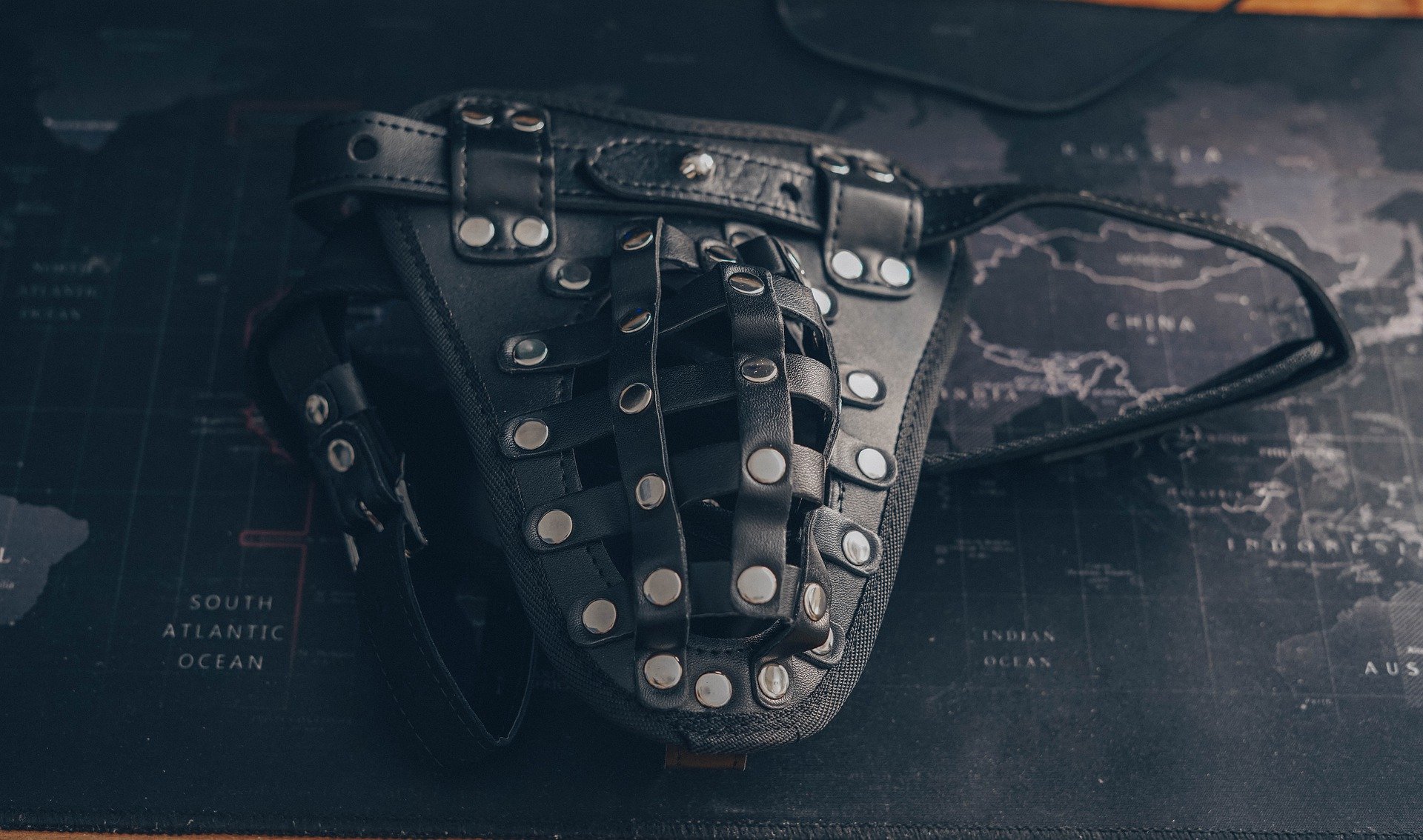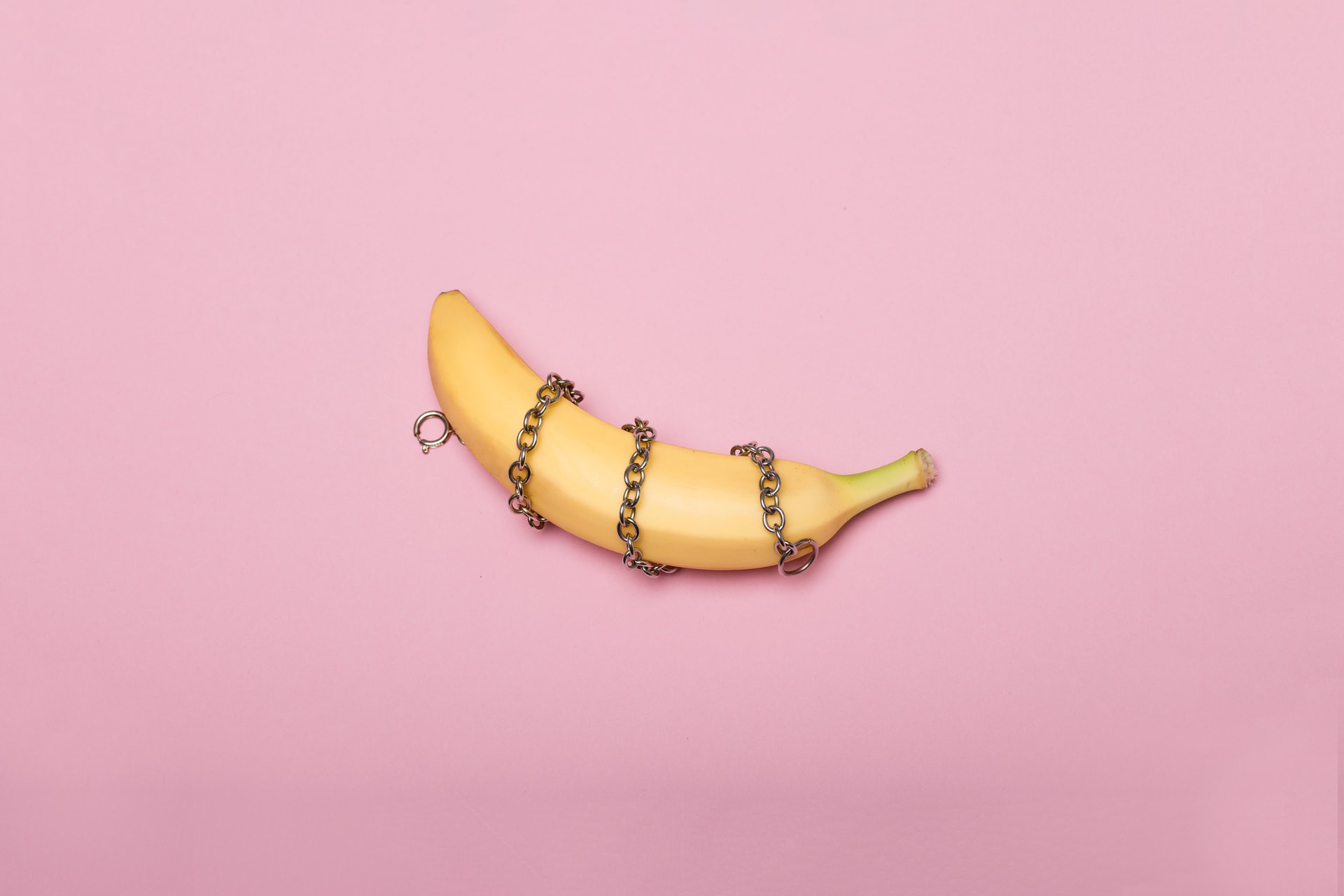Do you ever feel soreness in your penis? Get pain out of nowhere? Ever wondered what the cause may be? Penis pain or sore penis is a very vague term for a range of conditions, injuries, and potential diseases of the penis. It can happen at any time of the day, to any guy out there – old or young, it doesn’t matter. Everybody(‘s penis) hurts sometimes, as the song goes…
You can feel pain in all parts of the penis: the shaft, the base as well as the head, and the foreskin. It may manifest as a burning or itching sensation; sometimes it’s more like a throbbing feeling accompanied by pain.
The nature and intensity of the soreness or pain will vary on the type of injury or disease you might have. If you have a penis injury, it’s more likely that the pain will occur more suddenly and it will be strong in intensity. If it’s some kind of disease or condition, however, the pain or burning, itching sensation will likely get worse gradually, starting with mild symptoms at first.
Now, I want you to know you don’t need to panic if you feel some kind of pain or soreness in your penis. It happens to all of us at some point. But, you do need to go see a doctor so they can tell you best what’s going on. Make sure to contact a medical professional as soon as possible if you notice an odd discharge, swelling, numbness, painful urination, or painful ejaculation, redness, as well as bending or curving of the penis.
Potential Causes of Soreness or Penis Pain
Penises are complex organs that are very resilient, but also very gentle. There are a number of causes that may be behind your penis pain. I can’t list them all here, but I’ll mention some of the most common ones you should pay attention to. Let’s take a look.
Peyronie’s Disease
Peyronie’s disease, named after an 18th-century French physician, is a disorder that occurs in the penis’ connective tissue. More specifically, it describes an inflammation that causes the formation of scar tissue (also called plaque) in the soft tissue of the penis, along both lower and upper ridges of the shaft.
Peyronie’s disease causes penis pain, as well as a very characteristic abnormal curvature that makes the penis look erect (but not its full length when erect), or bent. This is because the scar tissue that forms in the penis is right next to the tissue that becomes hard when you have an erection. This disease can also cause erectile dysfunction, loss of girth, indentation, and shortening of the penis.
But what causes it? Well, Peyronie’s disease is usually caused by bleeding inside the penis, which could be a result of injury (bending it or hitting it). It can also come from a certain connective tissue disorder, as well as if you have blood vessel or lymphatic system inflammation. The cause of Peyronie’s disease is also often unknown, and it may run in some families, so it can potentially have a genetic origin as well.
How to treat it?
The most common treatments include physical therapy, surgery, and certain medications.
Physical (traction) therapy
Penile traction therapy means that you’ll have to wear a special penile traction device for a particular amount of time every day (it may range from 30 minutes up to 3 hours a day). It allows you to stretch the penis in a straight direction or a direction opposite of the curve caused by the scar tissue.
This is a good solution for both the early phase and the chronic phase of the disease. And, it’s also the best solution you’ve got when it comes to regaining penis length.
It can be combined with other treatments and it can also be used after surgery.
Surgery
Surgery is usually considered a last resort solution for Peyronie’s disease. It’s usually recommended if the other therapies don’t work and if you’ve had the disease for at least a year. There are different types of surgeries you can have to treat Peyronie’s disease. There’s also the possibility of placing penile implants.
Medications
There has been some success with vitamin E supplements, although it’s not a mainstream treatment.
Also, a drug called interferon-alpha-2b has shown promising results in the early stages of Peyronie’s disease, although it’s also not the most common treatment. It aims to break down the fibrous tissue and to halt the production of new ones.
Collagenase clostridium histolyticum, an enzyme produced by the bacteria of the same name Clostridium histolyticum has been approved as a treatment by the FDA in 2013, and it goes by the name Xiaflex. Its main mechanism is breaking down excess collagen in the tissue of the penis and it works even better when you combine it with “modeling”, which is a word for bending the penis in the opposite direction of its bend (as a form of therapy).
Verapamil is another drug used to treat Peyronie’s disease. Its original aim is to treat high blood pressure, but it also works by disrupting or halting collagen production in the penis, which is the main culprit behind the formation of scar tissue.
Priapism
Priapism is the name for a condition that causes a prolonged erection of the penis that’s often painful. What’s more, this kind of erection can occur even when you’re not aroused and are not even close to having sex.
It’s a condition that usually affects young men in their thirties. Basically, there’s a blockage in the arteries because of:
- Injury (less common and less painful), also called high-flow or non-ischemic priapism;
- No clear reason (but also some diseases such as sickle-cell disease, malaria, or leukemia. This one is called low-flow or ischemic priapism and is both more common and more painful (the worst combination, I know).
Priapism requires a prompt medical response because it may affect your erection in the long term, aka your ability to have an erection, There are several causes to it, among which are:
- Penis injury or spinal cord injury;
- Alcohol and drug use;
- Disorders that affect your blood clotting levels;
- Psychological reasons and mental health disorders;
- Side effects coming from drugs meant for treating ED (erectile dysfunction) and/or drugs that treat depression (such as chlorpromazine (Thorazine) and trazodone HCL (Desyrel));
- Disorders and diseases of the blood such as sickle cell anemia and leukemia.
How to treat it?
The point of any treatment for priapism is to stop the erection and also to prevent the occurrence of ED. Some of the options are:
- Blocking an artery, aka the blood vessel that’s the cause of the problem. This is called “arterial embolization” and it’s usually used to treat high-flow priapism.
- Another solution for high-flow priapism is when a doctor ties off a ruptured artery. This is called “surgical ligation”.
- A very simple solution for high-flow priapism is ice packs which are used to reduce swelling.
- Removing excess blood from the penis. This procedure is done when a doctor makes your penis numb and then inserts a needle to drain the blood from the affected area, thus reducing pressure and swelling.
- A procedure called “surgical shunt” used to treat low-flow priapism is when a doctor makes a passageway in the penis, allowing the blood to drain easily. The problem with it, though, is that it poses a high risk for developing ED afterward.
- Medicines: alpha-agonists are used for treating low-flow priapism. They’re injected into the penis, making the blood vessels narrow and getting a smaller amount of blood to the area. It also reduces swelling.
- Taking pills is another option as an alternative to penis injections.
Balanitis
Balanitis is the name for an infection that occurs on the head of the penis and the foreskin. Most of the time it shows up in men who haven’t been circumcised and/or don’t take regular care to clean under the foreskin. However, men who’ve already been circumcised can also be affected by it.
Other potential causes behind balanitis are:
- An STI (a sexually transmitted infection) like genital herpes, syphilis, chlamydia, and gonorrhea;
- A yeast infection;
- Allergies to cosmetic products such as soaps, washes, and perfumes.
How to treat it?
Treatment for balanitis will depend on what’s causing it. If it’s an allergen, then the doctor will advise you to avoid and not use the product and chemicals responsible for it.
If there’s inflammation, the doctor may prescribe you a mild steroid cream (like 1% hydrocortisone), to reduce the swelling. Be mindful, though, not to take any steroid creams on your own if your penis is inflamed or irritated. Always consult with a doctor.
If the cause is a yeast infection, then the doctor may prescribe antifungal medication, such as miconazole or clotrimazole. In this event, you should avoid having sex with your partner, or you should use a condom if you do. Your partner should also be treated for the yeast infection – otherwise, you can continue giving it to each other, back and forth.
If the reason is a bacterial infection, then you’ll need to take antibiotics (like penicillin or erythromycin).
And, if you notice that the balanitis just won’t let go and keeps coming back, then maybe the foreskin is too tight and it might be time for circumcision.
Urinary tract infections (or UTIs)
UTIs are extremely common in women, mostly because their urinary tract is shorter than ours. But, UTIs can show up in men too, due to bacterial overgrowth in the urinary tract.
Most of the time these kinds of infections occur because:
- You’ve had anal sex;
- You were having sex with someone who already has a UTI;
- Your prostate is enlarged;
- You have a blocked urinary tract or other similar problems;
- Your immune system is weak;
- You’re not circumcised;
- You have diabetes.
How to treat it?
As with any bacterial infection, the treatment includes taking antibiotics. Your doctor will tell you what kind of antibiotic to take and for how long (treatments usually last for about a week or 10 days, but it all depends on the severity of the infection).
When it comes to UTIs, it’s very important to drink plenty of liquids. I know this might seem a bit counterintuitive, because, hey, UTIs hurt! You often feel pain and burning sensations while you pee and who wants more of that during the day? But, the thing is, the more fluids you take, the more bacteria you manage to flush out of your system. It’s pretty straightforward. Just don’t forget to take your antibiotics as well.
Cranberry juice or cranberry tea has long been hailed as a natural medicine for UTIs. That’s because experiments (in mice) have shown that some substances inside it may lower bacterial count in the bladder. There’s no definitive verdict on cranberry juice and UTIs, but it couldn’t hurt, could it? Just make sure to drink it unsweetened, au natural, because additional sugars may irritate the urinary tract even more.
Injuries to Your Penis as a Cause for Penis Pain
Penis pain or sore penis can also happen if you injure your penis somehow. This can be due to:
- Having rough sex;
- Have a penis ring as a means to prolong an erection (but it goes awry);
- Sustaining injuries from burns;
- Some kind of an accident where there’s trauma on the body (like a car or a bike accident, for example);
- Gunshot wounds;
- Accident while working with machines;
- Sporting accident;
- Inserting something in your urethra (on purpose or by accident).
Injured penis during sex
You’d be surprised (or not?), but men injure their penis most of the time during sex. When you have an erection, the blood flow in your penile arteries makes the penis firm. That part you know.
Now, if you have rough sex, and you happen to miss the vagina, your penis might slip and hit a part of your partner from her outside body, thus bending the penis while it is erected. This can often result in sharp pain and a popping sound (yikes!) and is followed by a loss of erection. You may feel pain only for a short amount of time, or it may last throughout the following days. It’s also common to see a hematoma, a bruise aka a blood build-up inside the penis from fractured blood vessels.
This can make the penis swollen and red or bruised. If you notice blood at the tip of your penis or in your urine, it probably means that your urethra is seriously injured and that you should seek immediate medical help.
This is also known as penile trauma and the reasons can be a lot more than the ones I’ve listed here. If you think this is the reason behind your penis pain then make sure to see a doctor as soon as possible.
How to treat it?
The treatment will depend on the kind of injury. It’s never a good idea to leave a penis injury unattended and hope it’ll go away on its own.
That way you risk making it an even bigger issue and maybe even causing chronic consequences or other types of conditions afterward.
Final Thoughts
I know that the words “penis” and “pain”, “injury” or “disease” immediately ring alarm bells in your heads. But I want to tell you not to worry and not to panic right away.
If you feel penis pain or soreness in your penis, it can be due to any number of causes, some more, some less serious. However, they’re all treatable, in one way or another. The point is to seek treatment in time. That way you’ll elevate your chances for a speedy recovery and you’ll reduce the possibility for any potential consequences further on. And the same goes for the development of chronic conditions. A general rule of thumb – the more you treat things on time, the less you’ll have to worry over them in the future.
Things happen. Injuries, diseases – our bodies are not made of stone and they change all the time. It’s perfectly normal and there’s nothing to be ashamed of, even if it’s about our most intimate parts.



